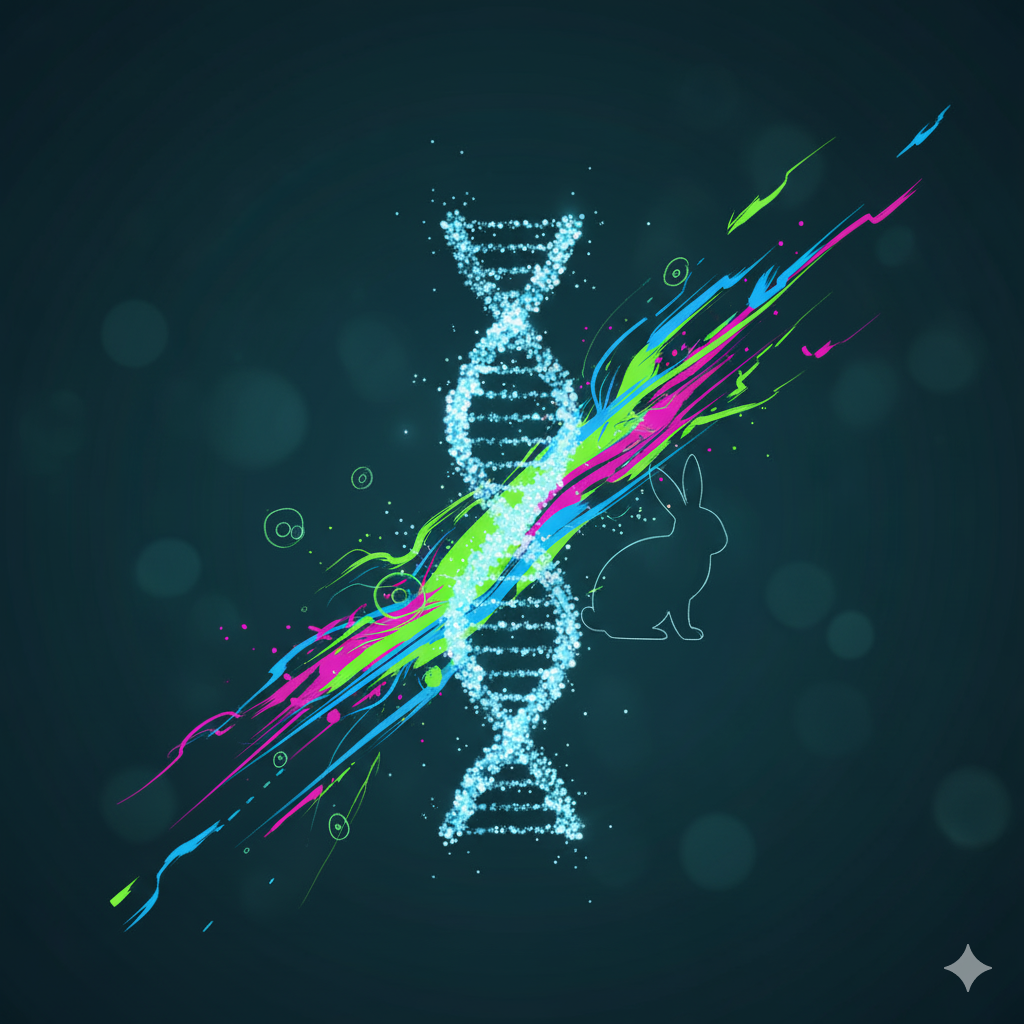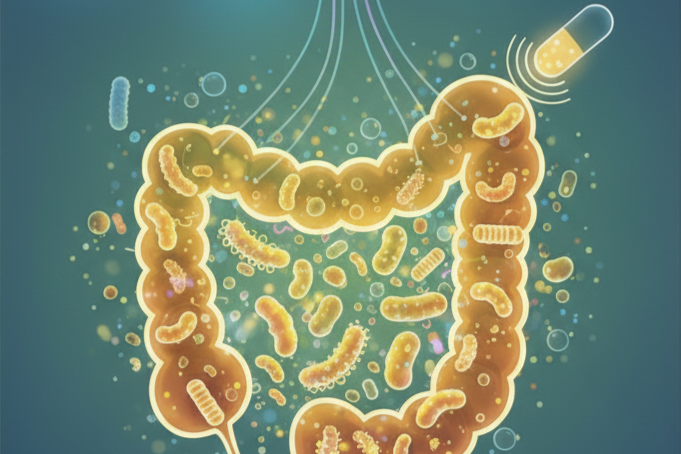Have you ever wondered why your parents have different colored eyes than you, or why you and your sibling don’t look alike? The answer may lie in one simple yet complicated term: epigenetics. Epigenetics is defined as the “study of heritable changes in gene expression that do not involve modification to the underlying DNA sequence” [1]. To put it in simpler terms, it’s how certain molecular modifications alter the way genes, such as those determining eye color, are expressed. There are a multitude of factors that determine how certain genes are expressed, but these epigenetic patterns begin in fetuses during pregnancy.
To understand the factors that affect a fetus, we need to first understand the mechanism behind epigenetics. Firstly, gene expression is regulated by the modification of nucleosomes. A nucleosome is essentially elongated and uncoiled DNA that is wrapped around a set of proteins called histones [2]. While DNA carries a negative charge, histones generally carry a positive charge; like magnets, the negatively charged DNA molecules are attracted to the positively charged histones, and the degree of attraction regulates gene expressions. Modifications often affect how tight the DNA is wrapped around the histones [2]. One common modification is DNA methylation, in which a special molecule called methyl is added to the histones, which affects how tightly DNA is wrapped around the histones [2]. The increased attraction causes DNA to tightly coil around the histones, creating heterochromatin – tightly packed DNA — which prevents gene expression [2].
Now, let's take a look at how these molecular processes apply to pregnancy. According to a study by Andrawus and peers, the patterns for DNA methylation in a fetus are established during pregnancy [3]. Furthermore, environmental factors during a pregnancy also play a role in epigenetics [3]. Two notable environmental factors that affect gene expression are pollution and nutrition. Pregnant mothers living in areas with increased air pollution “have been reported to show decreased DNA methylation” in a gene called LINE-1 [4]. Studies have shown that decreased methylation of LINE-1 is a common contributor to cancer and its development [5]. Furthermore, changes to maternal nutrition can lead to physical and mental changes in development [1]. According to Zuccarello and peers, vitamin B12 intake during pregnancy affects the methylation of DNA, and“high levels of vitamin B12 in maternal blood was correlated with the reduction” of DNA methylation of the fetus [1]. Such high levels of vitamin B12, and the corresponding decrease in DNA methylation levels, can result in potential intrauterine growth, which means that the fetus does not grow to a healthy weight as expected [1].
Overall, epigenetic expression during pregnancy plays an important role in our physical traits, as well as our overall well being. Both pollution and nutrition play a role in affecting DNA methylation patterns throughout development, which can affect the health of the child. Ensuring that pregnant women are in clean environments with access to correct nutrition allows them to sustain a healthy pregnancy and birth a healthy child.
References:
Zuccarello, D., Sorrentino, U., Brasson, V., Marin, L., Piccolo, C., Capalbo, A., Andrisani, A., & Cassina, M. (2022). Epigenetics of pregnancy: Looking beyond the DNA code. Journal of Assisted Reproduction and Genetics, 39(4), 801–816. https://doi.org/10.1007/s10815-022-02451-x
Al Aboud, N. M., Tupper, C., & Jialal, I. (2023). Genetics, Epigenetic Mechanism. In StatPearls. StatPearls Publishing. http://www.ncbi.nlm.nih.gov/books/NBK532999/
Andrawus, M., Sharvit, L., & Atzmon, G. (2022). Epigenetics and Pregnancy: Conditional Snapshot or Rolling Event. International Journal of Molecular Sciences, 23(20), 12698. https://doi.org/10.3390/ijms232012698
Li, S., Chen, M., Li, Y., & Tollefsbol, T. O. (2019). Prenatal epigenetics diets play protective roles against environmental pollution. Clinical Epigenetics, 11(1), 82. https://doi.org/10.1186/s13148-019-0659-4
Phokaew, C., Kowudtitham, S., Subbalekha, K., Shuangshoti, S., & Mutirangura, A. (2008). LINE-1 methylation patterns of different loci in normal and cancerous cells. Nucleic Acids Research, 36(17), 5704–5712. https://doi.org/10.1093/nar/gkn571






